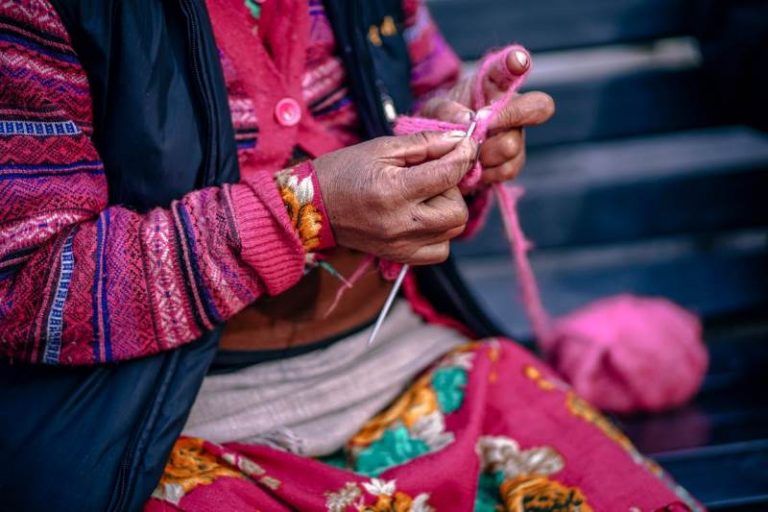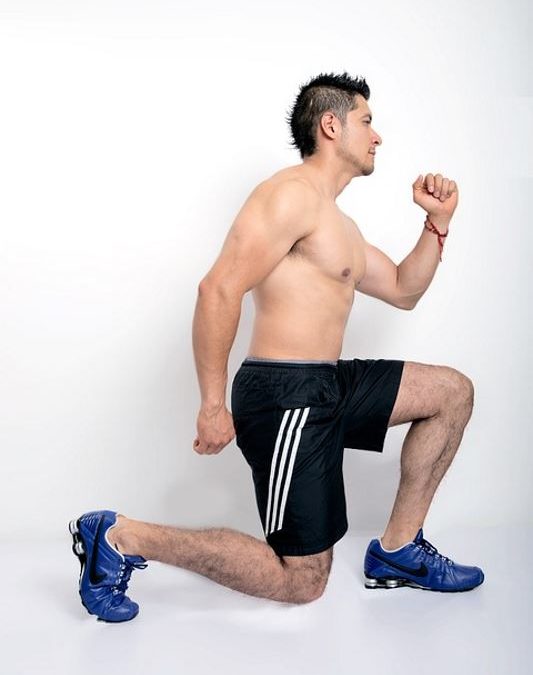
DeQuervain’s Syndrome and Physiotherapy
DeQuervain’s Syndrome and Physiotherapy
Physiotherapy Can Help with DeQuervain’s Syndrome
Do you experience pain in your wrist near the base of your thumb? Did it come on gradually? Is it sore when you move your thumb or wrist? Does it hurt to grip, write, garden, hold a cup of coffee, cut vegetables or pick up a baby? If so, you may have a condition known as de Quervain’s syndrome.
DeQuervain’s syndrome involves the abductor pollicis longus tendon and extensor pollicis brevis tendon. These tendons connect muscles in your forearm to bones in your thumb. To help reduce excessive friction, these tendons travel in a tendon sheath. When a high load is placed on these tendons, such as a repetitive movement of the thumb or wrist, it can result in a thickening of the tendons and the sheath. Initially, symptoms are usually only present with certain aggravating activities, but if this injury continues to worsen you may experience pain at rest, swelling and tenderness at the base of your thumb and wrist.
Rest is the first step to treating de Quervain’s syndrome. This is often difficult when we use our wrist and thumb dexterity for so many daily activities. For this reason, it is not uncommon to see people who have had this condition for weeks to months at a time, with no significant change in symptoms. As a general rule, try to avoid any positions or movements that cause pain. A protective splint may provide some benefit in the initial stages of healing to help immobilize the wrist and thumb.
Physiotherapy can help treat this injury using a combination of education, modalities, manual therapy, soft tissue techniques and a progressive home exercise program. Since the tendons and sheath are often aggravated by repetitive movement or prolonged positions of the thumb and wrist, it also may be necessary to address your home or work ergonomics. When possible, modify to a neutral thumb and wrist position and take frequent breaks from your activity.
De Quervain’s syndrome usually begins with a gradual onset of symptoms, often when a new movement or activity is introduced that places increased demands on the tissue. An example is a mother with the new task of repetitively picking up a newborn baby. Physiotherapy can be quite helpful in the management of this condition. If you experience pain at the base of your thumb as the result of a trauma, such as a fall on an outstretched hand, it is advisable that you follow up with your doctor to determine if further investigations, such as an x-ray, are required prior to starting physiotherapy.


